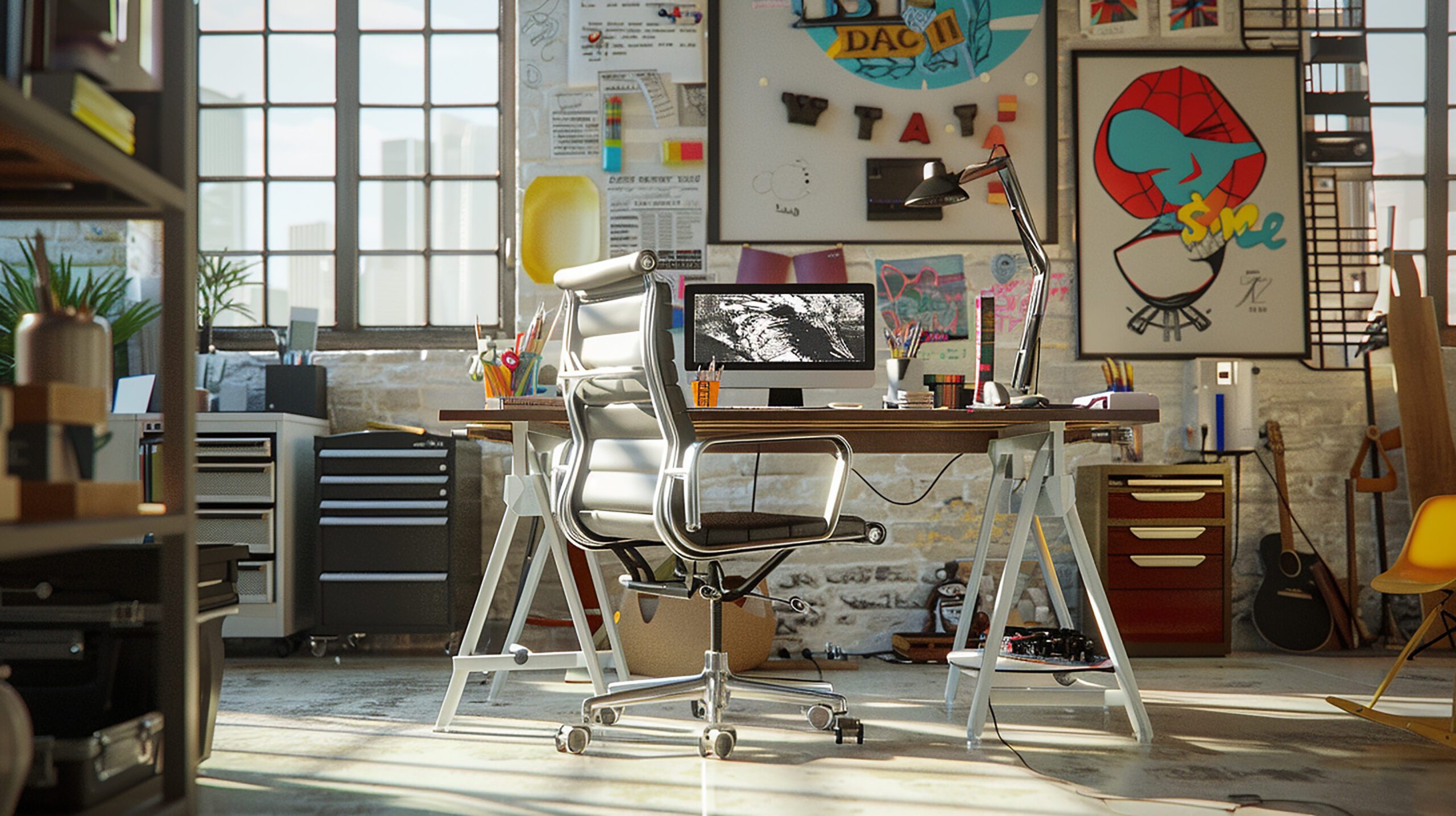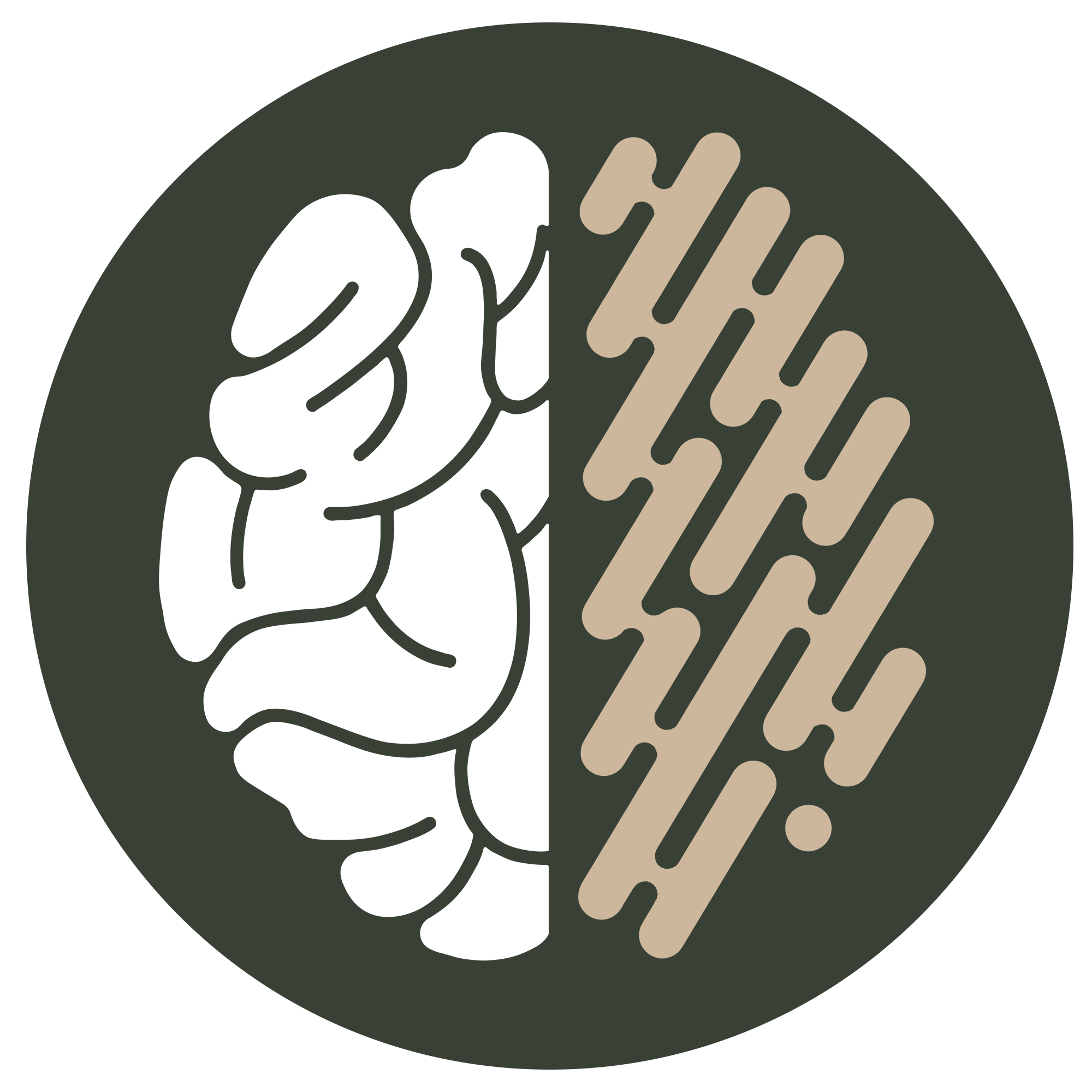In today’s diverse workplaces, creativity is often the driving force behind innovation and success. However, the factors that enhance or hinder creativity can vary significantly between neurodivergent and neurotypical individuals. A recent exploratory study conducted in collaboration with the BBC by Carolyn White sheds light on these differences, offering valuable insights into how workplaces can better support all employees, and enhance creativity and neurodiversity.
What is Neurodivergence?
Neurodivergence refers to variations in the human brain regarding sociability, learning, attention, mood, and other mental functions. This term often includes conditions such as Autism, ADHD, Dyslexia, Dyspraxia, Dyscalculia, OCD and Tourette’s Syndrome. Individuals without these conditions are often referred to as neurotypical.
Understanding the differences between neurodivergent and neurotypical individuals is crucial for creating environments that foster creativity and productivity. This research aimed to explore these differences by surveying individuals in creative workplaces, both neurodivergent and neurotypical, to understand what factors help or hinder their creativity.
Key Findings | Barriers and Facilitators to Creativity
The study involved 67 respondents, including 38 neurodivergent and 27 neurotypical individuals, who shared their experiences through a detailed survey. The survey included a mix of Likert-scale questions and open-ended responses, which provided a comprehensive view of the creative process in different environments.
1. Working with Others
Neurodivergent employees said they found that their creativity was impacted by the social dynamics within the workplace. For example, they reported difficulties in focusing on creative ideas when required to simultaneously engage in social interactions. One respondent with Autism Spectrum Disorder (ASD) noted, “I can’t focus on social environment and creative ideas at the same time.” They said by reducing the frequency of collaborative meetings and allowing more time for solitary work were suggested as ways to enhance creativity and neurodiversity.
2. Creative Workplace Environment
The physical environment also played a significant role in influencing creativity. Neurodivergent individuals highlighted the importance of a quiet, interruption-free space that aligns with their sensory needs. For instance, they emphasised their need for a workspace tailored to their cognitive style. An employee with ASD, ADHD, and Tourette’s Syndrome, said “a quiet space with no interruptions which is attuned to my sensory needs” is crucial for creative work.
3. Working Creatively
Challenges related to processing information were also a common theme among neurodivergent staff member. They expressed difficulties with tasks that involved dense text or required quick comprehension without adequate time to prepare. They suggested that if managers or team members were to provide materials in advance and used visual aids this could help to overcome these barriers.

Implications for Creative Workplaces
The study’s findings highlight the need for workplaces to be more accommodating of neurodivergent individuals, particularly in creative industries where innovative thinking is highly valued. Simple adjustments, such as offering quiet spaces, allowing more time for solitary work, and providing materials in advance, can significantly enhance creativity and neurodiversity inclusivity.
Moreover, many of the factors that benefit neurodivergent individuals were also appreciated by neurotypical employees. This suggests that creating a more inclusive environment could have widespread positive effects on creativity across the entire workforce.
Conclusion
As the workplace continues to evolve, it is essential to consider the diverse needs of all employees. This research underscores the importance of recognising the unique challenges and strengths of neurodivergent individuals. By making thoughtful adjustments to the work environment, companies can foster a culture of innovation, creativity and neurodiversity that benefits everyone.
By creating more inclusive environments, we can unlock the full potential of every employee, driving success and innovation in the workplace.
Resources
White, Carolyn (2021). ‘Barriers and Facilitators to Creativity for Neurodivergent and Neurotypical Individuals within Creative Workplaces’ by Carolyn White. University of Salford. Poster. https://doi.org/10.17866/rd.salford.14815275.v1



